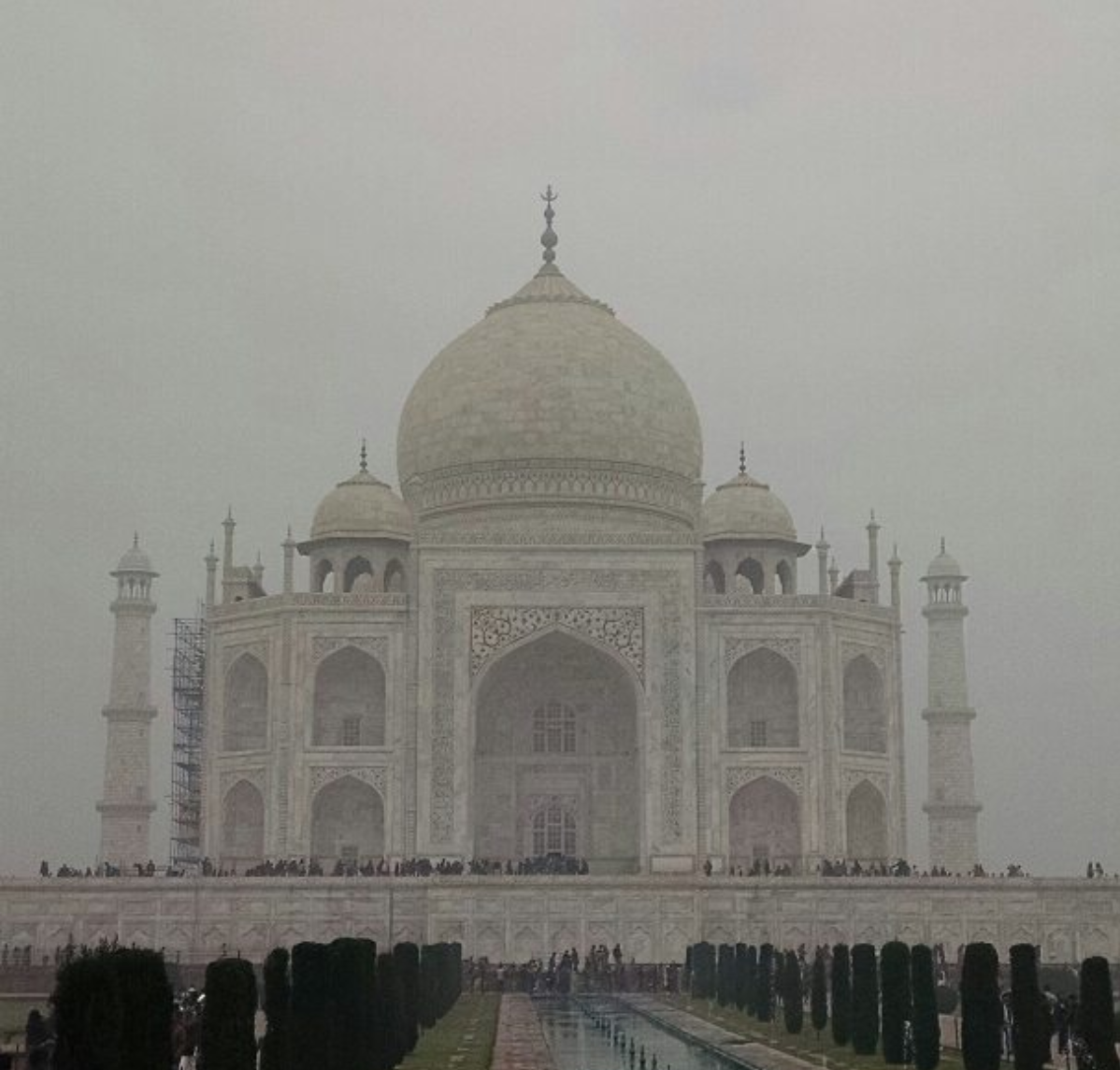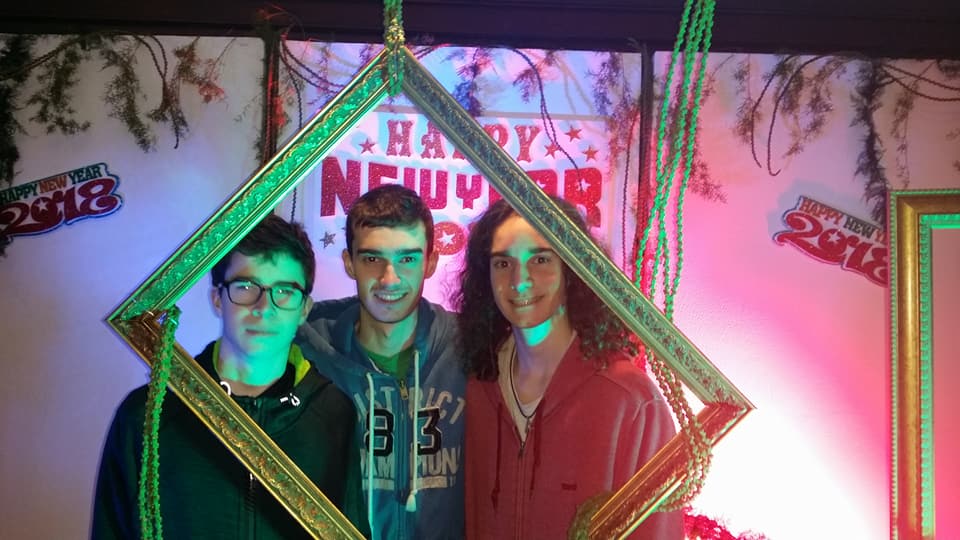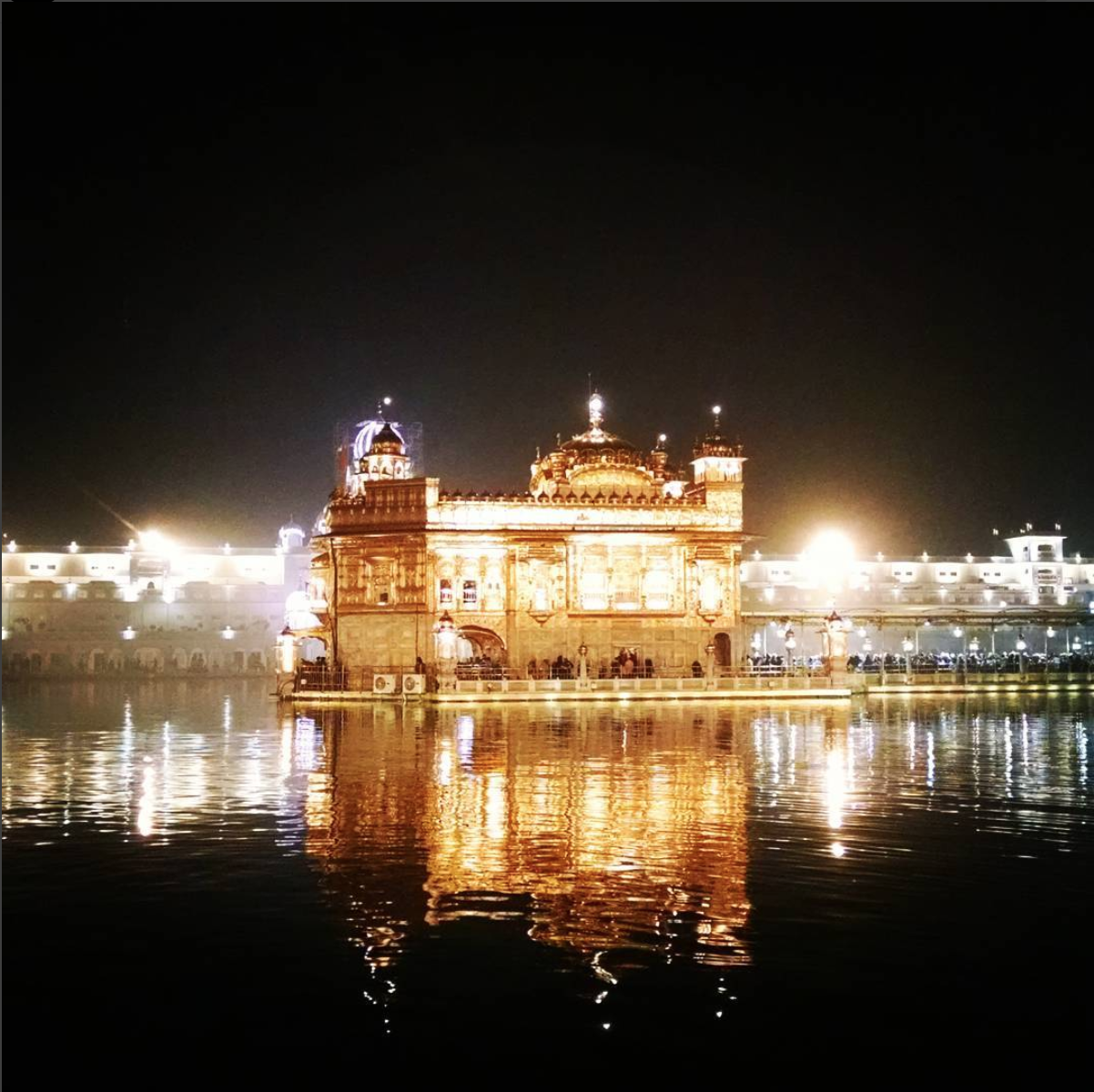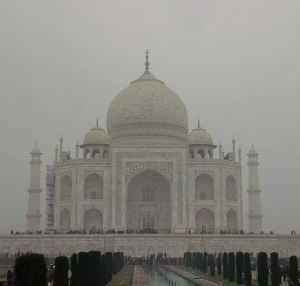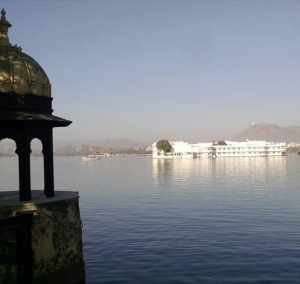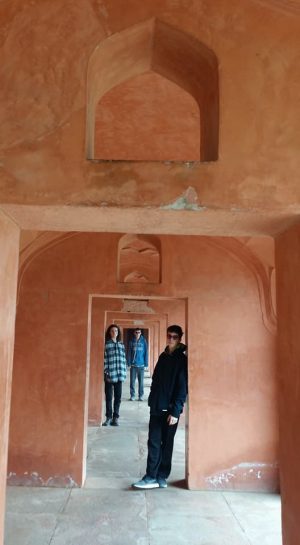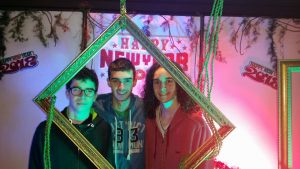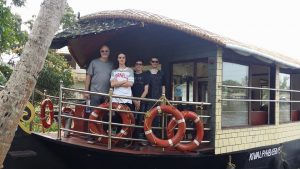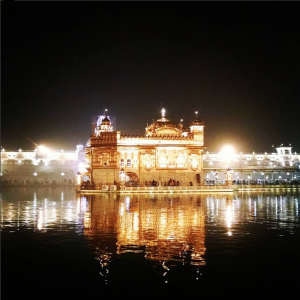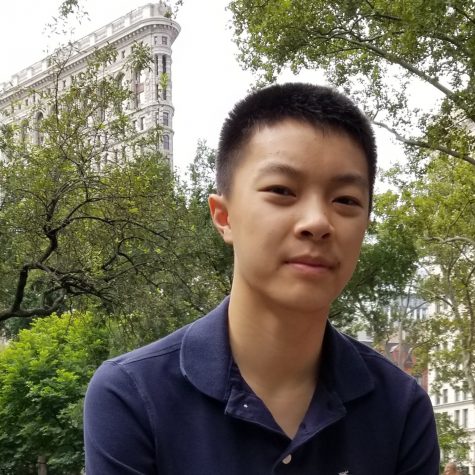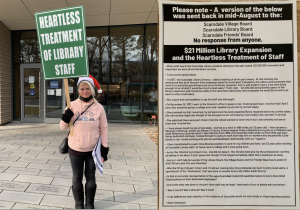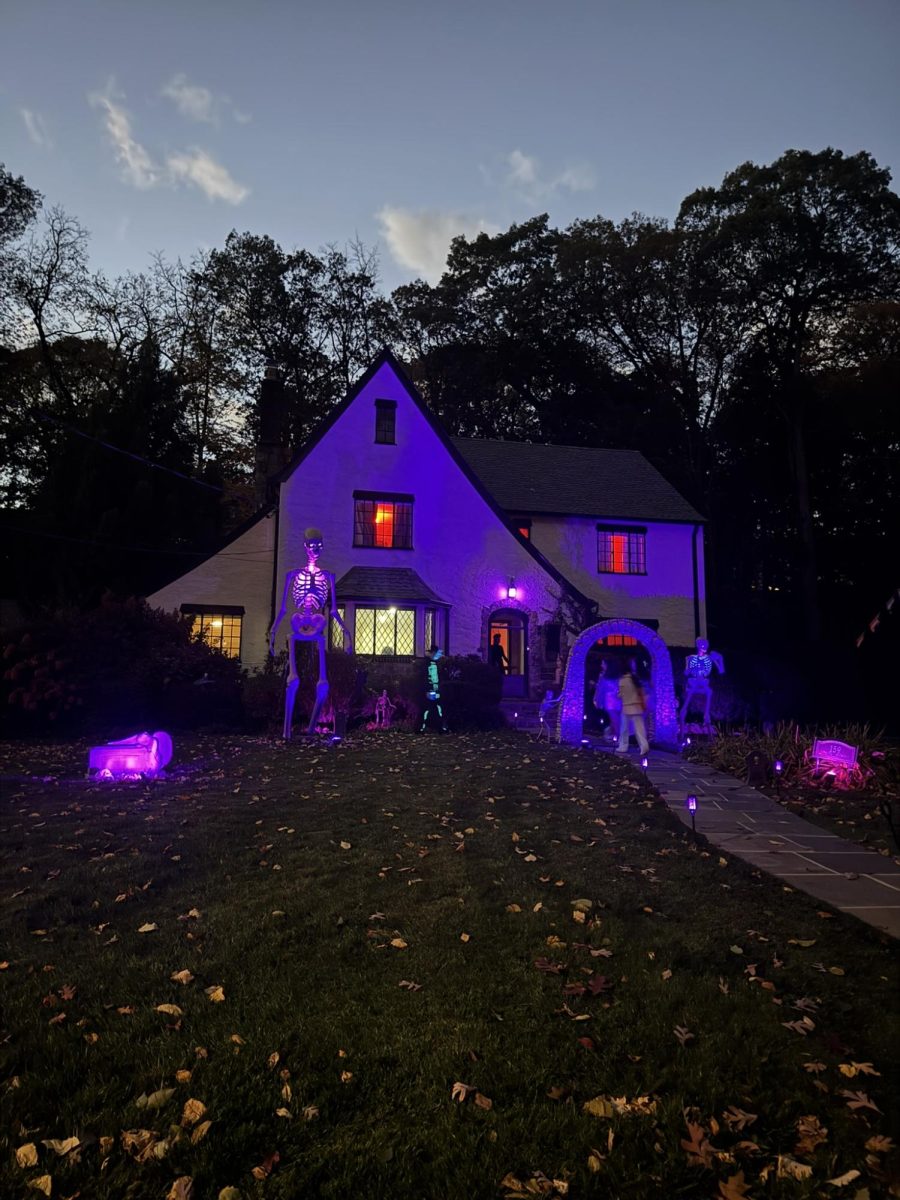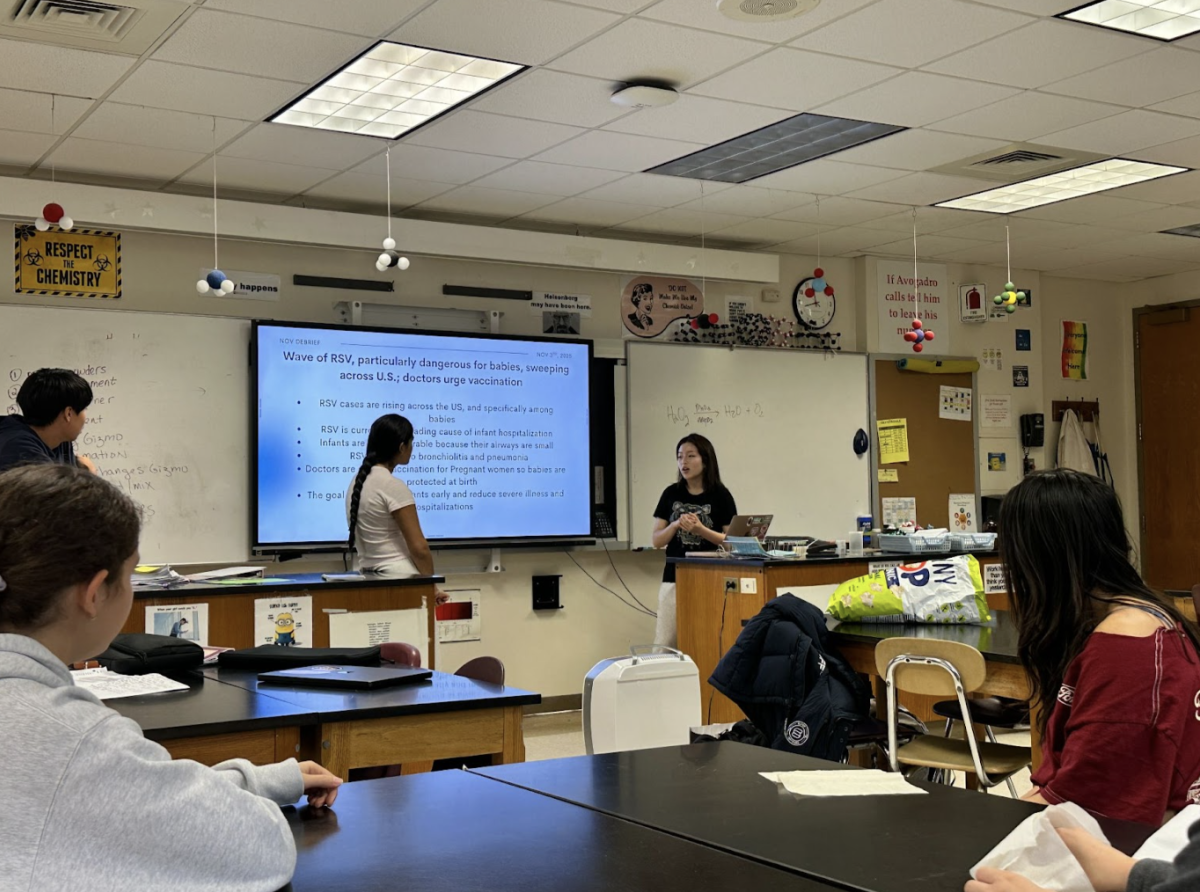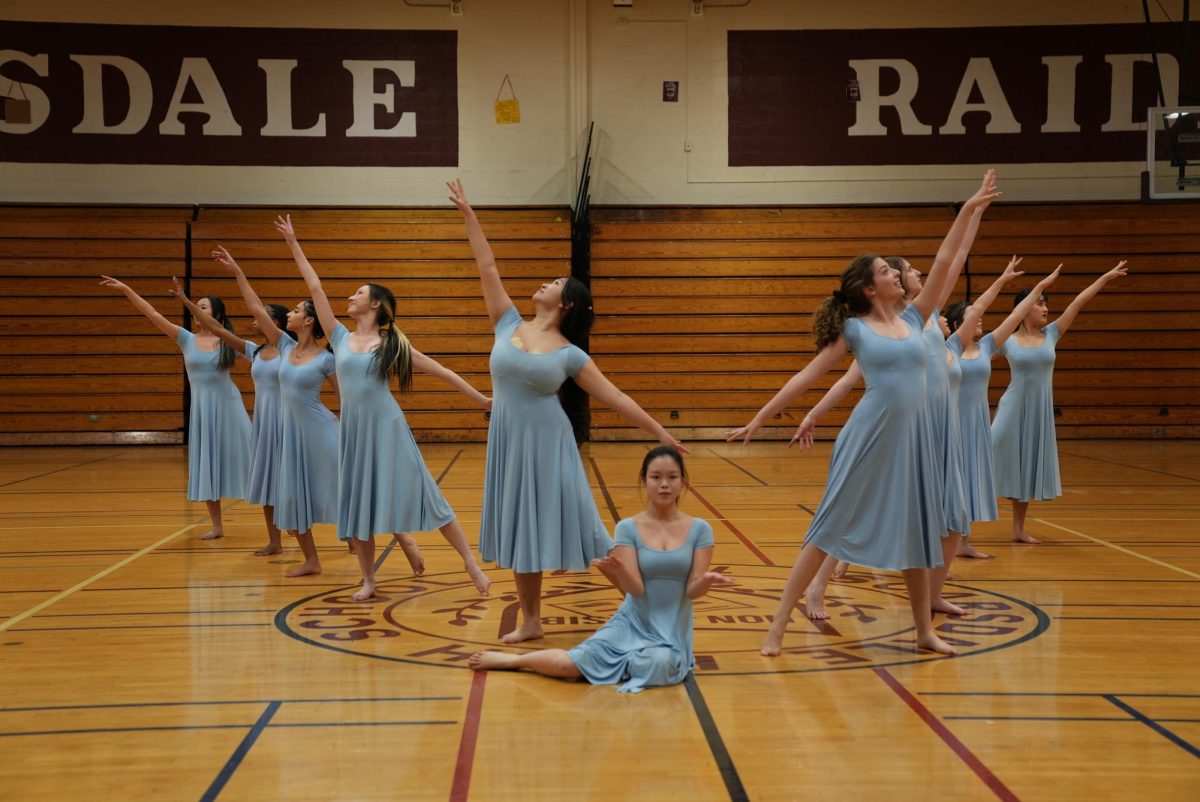The Coleman Family’s Trip to India
January 17, 2018
Last Wednesday, the Coleman family returned from a two-week vacation to India. During this time, they ventured to Delhi, Chandigarh, Amritsar, Agra, Jaipur, and Udaipur. We interviewed James Coleman ’20 to hear about the most memorable and impactful moments of the trip.
You described this as a “once in a lifetime experience.” Could you elaborate on that?
“My parents really want us to experience the world. Because it’s not every day that you get to go around the world to India. So it might never happen again depending on whether or not I [get the chance]. Or if I ever find the need to go to India again. So that was part of the reason why we took a good two weeks to explore the country. It was on the bucket list.”
Did you make any new friends on the trip?
“Not really new friends but we made friends with all the carpet salesman. We strengthened relationships with our preexisting friends. For the first week we traveled with friends and then for the next week and a half we were on our own so we didn’t really meet that many new people for long enough to really become friends.”
What were some of the most memorable places you visited?
“There was the Golden Temple in Amritsar which is really memorable. It was peaceful there, You had to take off your shoes so it was really cold on the floor. But it looked really awesome at night too, when it was lit up. You could just see it over the water and the water was really still, and it looked magical.”
“We saw the border between India and Pakistan, crossed briefly into Pakistan by land. So that was pretty cool.”
“Then there was Humayun’s tomb, which was basically the model for the Taj Mahal. It was [the same as] the Taj Mahal, except made with red sandstone.”
“Then, the massive astronomical instruments over in Jakar were pretty memorable. And all the palaces in Udaipur. Palaces everywhere. Actually one of the palaces in Udaipur, it’s still used by the kings so part of it was cordoned off for the king. It was memorable because the streets there, the stones that make up the street in the palace, [were] laced with silver, made with silver ore in each stone. So you can see bits of tarnished silver shining through the stones.”
What were some of your most vivid memories?
“The Golden temple at night. But actually here’s another one; [The inside of the Taj Mahal] is made of this very special marble that doesn’t stain like other marbles do. They have all this white marble and they have all other stones inlaid in patterns. And the white marble is translucent. If you shined a light at it, you could see the light through to the other side. But there’s this one stone in particular. [I forgot] the actual name of the stone but they called it a fire stone because when you shone a light at it, it glowed like fire which is really really cool. And there’s all sorts of them inside the Taj Mahal in these flower designs [with the] non-translucent stones making up the stems of these flower patterns. And then the fire stones make up the brilliant red petals [of] the flowers. But you couldn’t take pictures inside the Taj Mahal.”
What things surprised you the most?
“Pollution. I didn’t think it’d be that bad…. It’s actually hard to breathe there. When you’re just going down the roads in your car, you have the windows rolled up. Just randomly you get these horrible smells of sulfur. And you want to open the car windows to let the sulfur smell out but you know it’s gonna make the sulfur smell even worse. It’s awful.”
Did you get anything emotionally out of your experiences on the trip?
“I’d say that I did. Here in Scarsdale we talk a lot about helping other people. Trying to sympathize or empathize with people who are suffering and helping them out. But I thought I knew that, it was like, oh [I’ve seen poor people], I’ve gone to the city and seen them in the streets. And I’ve see pictures online of other poor places. It’s probably already been said many times but it really is different in person. Through talking about other countries [and] other people’s problems, you might get a small bit of understanding, maybe even feel like you just understood more and be motivated to try and help. But you won’t actually know what it really feels like and I guess I don’t either. I haven’t lived like they have, I haven’t had to live like that, so I guess I too have an incomplete understanding of what it’s like.”
“I feel like there are at least three main levels of understanding. Each one in order has a greater ability than the previous one to bring up someone’s understanding to a certain point. Talking about something can do a lot, can do a great deal. It could also do very little. But it has the potential to touch a lot of people. That’s the first level.”
“Seeing it in person is the second level. Talking may do a lot but it can only bring someone’s understanding to a certain point and no further. At least in my opinion, seeing something for oneself, as I did, can bring someone’s understanding a lot further than just talking about an issue or looking at it from a screen, so much so that it’s incomparable the understanding difference between the two. It could also do very little depending on someone’s willingness to understand or their capacity to.”
“The third level, the one which I haven’t experienced, is actually living that issue having it become a part of your routine. I think that that is the deepest understanding. One that I may never achieve. Or I might, who knows. But the level of understanding there I don’t think can be imagined.”

